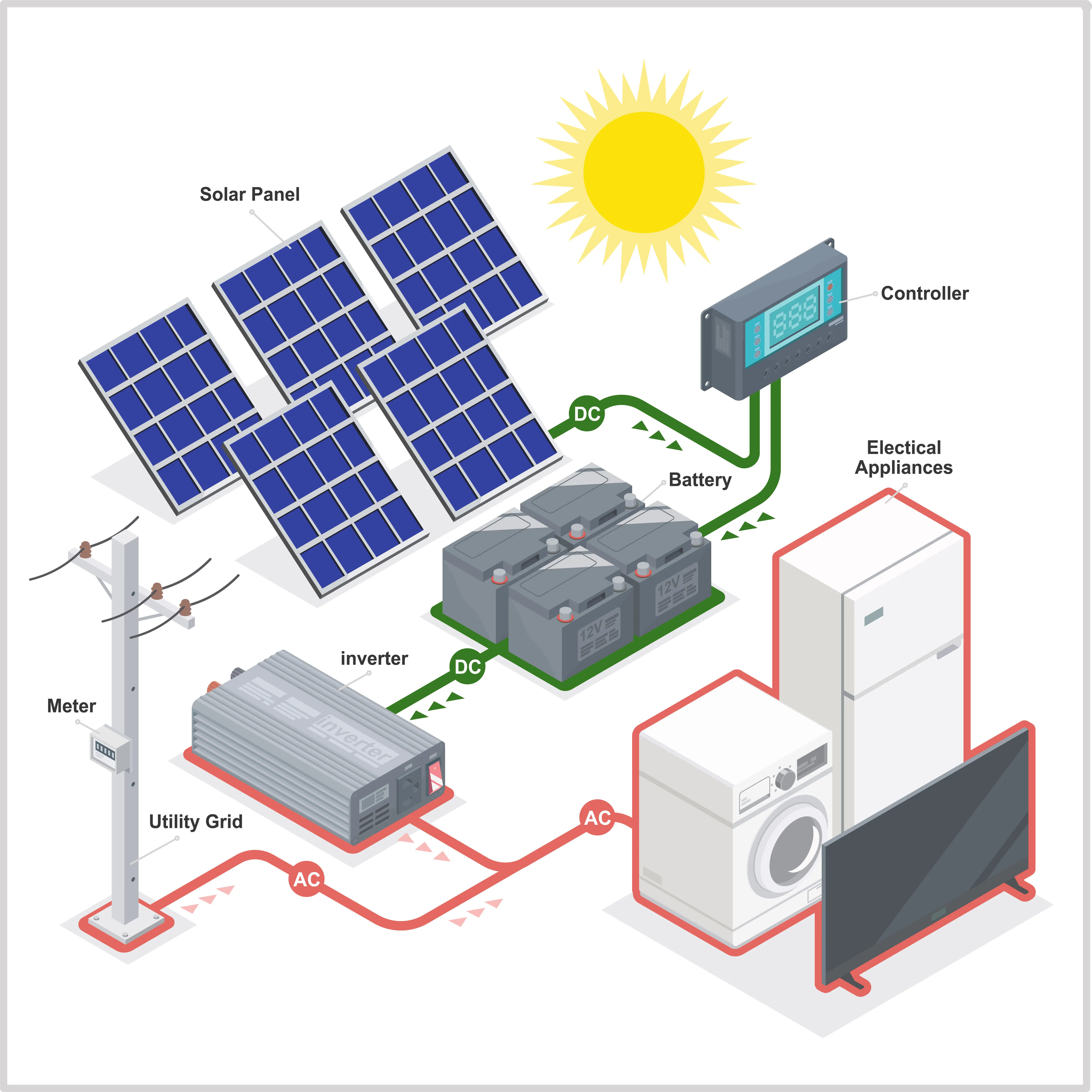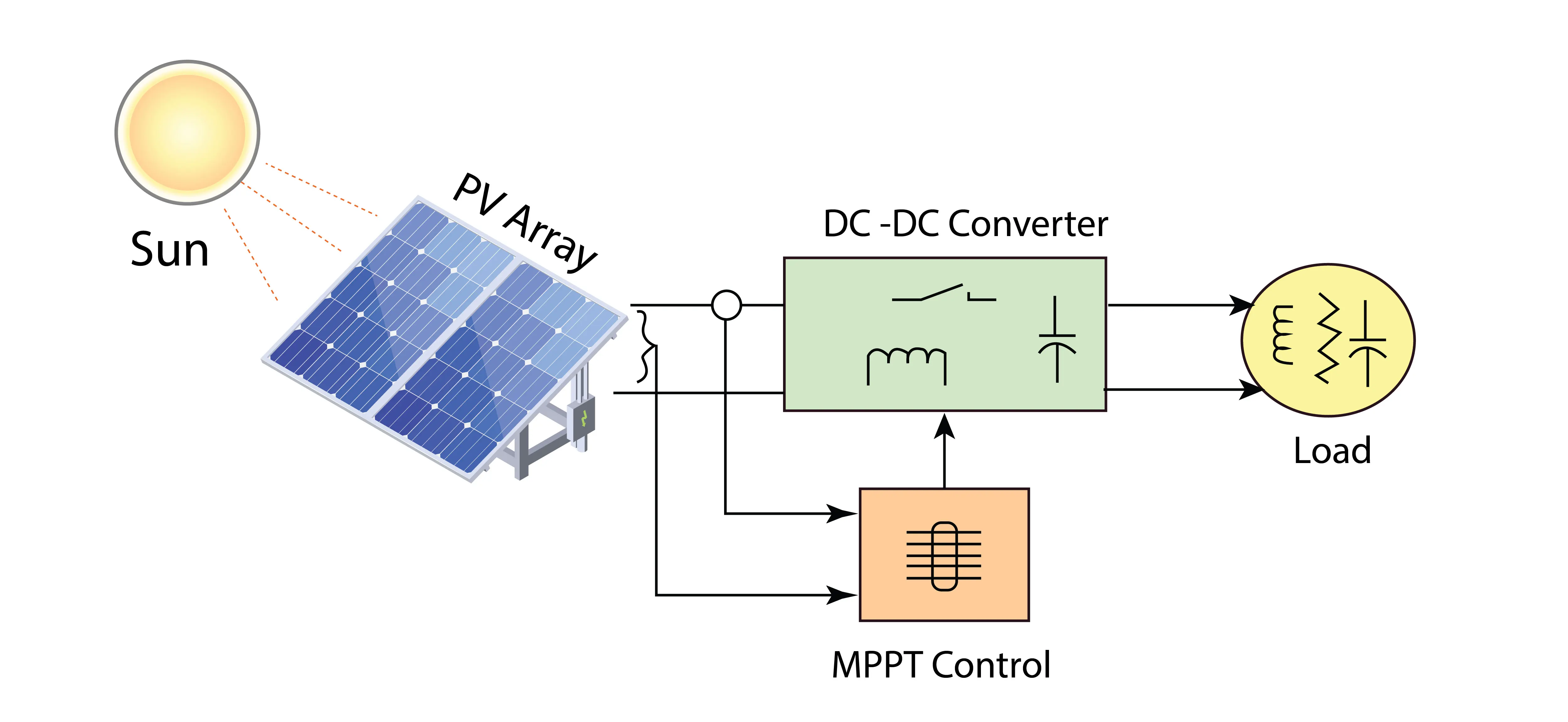What is MPPT? A Comprehensive Guide to Understanding Maximum Power Point Tracking
Introduction
In the evolving landscape of renewable energy, solar power stands prominently due to its sustainability and increasing accessibility. As we harness the sun's energy, the effectiveness of this process significantly depends on the technologies integrated within solar systems. One pivotal technology that enhances the efficiency of solar panels is Maximum Power Point Tracking (MPPT). This newsletter delves deep into understanding MPPT, elucidating its mechanism, benefits, and its critical role in the solar power generation chain, particularly highlighting its importance to solar module manufacturers in India.
What is MPPT?
MPPT or Maximum Power Point Tracking is an advanced technology used primarily in solar inverters and charge controllers. This technology is essential for optimizing the conversion of solar energy into electricity. At its core, MPPT helps in extracting the maximum possible power from a solar photovoltaic (PV) module under various environmental conditions. The importance of MPPT becomes evident in solar module manufacturing, where maximizing efficiency can significantly impact overall energy output and system performance.
How does it work?
Solar PV modules convert sunlight into electricity, but the efficiency of this conversion can be affected by several factors, including the intensity of sunlight, temperature, and the angle at which sunlight hits the panels. The relationship between the current and voltage of a solar panel forms an IV curve, which has a peak known as the Maximum Power Point (MPP). This point varies throughout the day, with changes in weather and other conditions.

Here's how the process functions
Any surplus power that isn't immediately required by household appliances is smartly handled. For off-grid solar systems, this excess energy is stored in batteries for future use. Conversely, in on-grid solar systems, it is fed back into the electrical grid. This management ensures that the resistance from appliances does not compel the solar panels to diminish their power output. Nearly all solar inverters are equipped with MPPT technology. A solar inverter with MPPT serves two critical functions:
- The maximum power point tracker within the inverter efficiently converts the high DC power produced by the solar panels into a lower DC power, making it more suitable for use.
- This lower DC power is then transformed into AC power, which is the type of power utilized by our home appliances.
With an MPPT-equipped solar inverter, your solar panels are enabled to generate the maximum possible amount of solar electricity. This leads to reduced energy wastage and, consequently, a significantly lower electricity bill.
MPPT is particularly beneficial under the following conditions
Cold Weather, Cloudy or Hazy Days: Typically, PV modules perform better at colder temperatures, and MPPT is essential in harnessing the maximum power available from them during such conditions.
When the Battery is Deeply Discharged: MPPT is capable of extracting more current to charge the battery more effectively when its state of charge is low.

What is an MPPT solar charge controller?
An MPPT solar charge controller is a sophisticated component used in solar systems to optimize the connection between solar panels and the batteries or the grid. It incorporates an MPPT algorithm designed to optimize the flow of current into the battery from the PV module. MPPT functions as a DC to DC converter that takes DC input from the PV module, converts it to AC, and then changes it back into DC at a voltage and current level that precisely matches the requirements of the battery, ensuring efficient energy transfer.

Main features of MPPT solar charge controller
Dynamic Power Tracking: Utilizes advanced algorithms to track the IV curve dynamically and find the maximum power point.
Enhanced Efficiency: Can improve energy conversion efficiency by 20-30% compared to non-MPPT controllers.
Voltage Conversion Capability: Capable of stepping down higher voltage from solar panels to match the voltage of the battery system, thus minimizing energy loss.
Multi-Stage Charging: This feature extends battery life by optimizing the charging rate based on the battery's charge level.
Smart Load Management: Some MPPT controllers come with load control features, managing the output to connected devices, protecting batteries from being overcharged or overly discharged.
Advantages and Drawbacks of MPPT
Advantages
Optimized Energy Use: By continuously adjusting to the optimal power point, MPPT maximizes the usable energy output from solar panels.
System Flexibility: MPPT technology allows for the use of solar panels with different power ratings in the same system, providing flexibility in design and expansion.
Efficiency in Various Conditions: MPPT controllers are particularly effective in suboptimal solar conditions such as partial shading, cloudy skies, or low temperatures.
Long-term Savings: The increased efficiency and optimized battery charging extend the lifespan of the system components, leading to significant cost savings over time.
Drawbacks
Compatibility with Specific Solar Panel Configurations: In solar systems where panels are connected in series, MPPT does not differentiate between power originating from a single panel or multiple panels. Consequently, if one panel underperforms, MPPT will adjust the input to match the performance level of that particular panel. Despite this limitation, the effectiveness and efficiency of MPPT are not significantly diminished
Higher Initial Cost: MPPT controllers are more expensive than traditional PWM controllers due to their complexity and advanced features.
Complexity in Installation and Maintenance: The advanced technology of MPPT controllers requires a deeper understanding for installation and ongoing maintenance, which might necessitate professional assistance.
Wrapping Up
Understanding and utilizing MPPT technology is crucial for anyone involved in the design, manufacturing, and application of solar energy systems, particularly for solar module manufacturers in India. The advantages of MPPT, from increasing energy output to improving system durability, make it a vital component in modern solar applications. While the initial costs might be higher, the payback through improved efficiency and reduced energy waste is undeniable. As solar technology continues to advance and become more accessible, the role of efficient energy management technologies like MPPT will become increasingly critical in global energy solutions.
For more information on solar modules and other related technologies, you can connect with PIXON .
By diving deep into the nuances of MPPT, this guide aims to illuminate its integral role in the enhancement of solar energy systems, ensuring that stakeholders can make informed decisions about integrating this technology into their operations. As we advance, the collaboration between technology and nature appears not only beneficial but essential for a sustainable future.